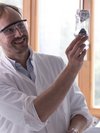In Section 3.2 we study the origin and fate of (mostly) biological organic matter across Earth history and explore new ways to gain unprecedented biological and environmental information from fossil carbon. Using inter- and multidisciplinary approaches, our research straddles the traditional boundaries of geology, biology and chemistry, and attempts to push methodological limits. On scales that range from microbial cultures to global patterns, from days to Eons, our fundamental research lines are focused on the global carbon cycle, lipid biosynthesis, climate change and evolutionary geobiology. In addition we work on more applied topics of current societal concern — amongst others on the future of fossil fuel and metal resources, petroleum contamination and remediation, and the transition to a clean energy society.
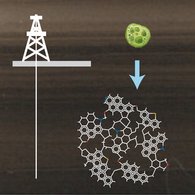
Fossil carbon & resources (Hans-Martin Schulz)
We focus on aspects of the deep carbon cycle and try to gain a better understanding of organic carbon preservation, carbon as a resource (oil/gas, graphite, hydrogen), processes of organic-inorganic interaction and the role of organics in ore formation.
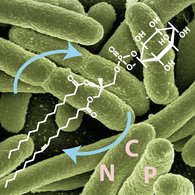
Biogeochemistry & environment (Kai Mangelsdorf)
Biogeochemical cycles, the dynamics of permafrost carbon, controls on the activity of the deep biosphere and paleoclimatological reconstructions are studied in parallel to a focus on geothermal energy, negative emission technologies and environmental geochemistry.
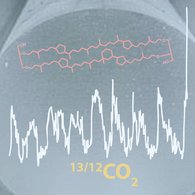
High-resolution mass spectrometry (Stefanie Pötz)
As a uniquely equipped center for high-resolution mass spectrometry we use Orbitrap and Ion Cyclotron technologies to study detailed petroleomic and lipidomic fingerprints, trying to unravel information captured within the polar fraction of organic matter, as well as molecule-internal isotope structures and clumping effects.
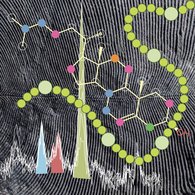
Geobiology & evolution (Christian Hallmann)
How did organismic complexity evolve? Can we refine biosignatures for the exploration of the earliest life on Earth and beyond? What are the details of reciprocal biotic-environmental interaction throughout the evolution of the Earth system? We use a holistic bio-geo approach to delve into deep time.
Lost world of complex life and the late rise of the eukaryotic crown
Previously unrecognised sedimentary protosteroids confirm the ‘Bloch-hypothesis’ of an evolving steroid biosynthetic pathway and reveal a never-seen snapshot of early stem-group eukaryotes.
Four billion years of microbial terpenome evolution
Comprehensive phylogenomic comparison of Bacteria and Archaea reveals an ancient origin of terpenoid biosynthesis, before the divergence of the two domains, and intriguing differences derived from domain-specific diversifications of terpenoids.
Precursor biotic signatures in organonitrogen and organooxygen compounds of immature sedimentary rocks
FT-ICR-MS measurement of sedimentary extracts reveals preservation of distinct signatures from marine algae, lacustrine B.Braunii and terrestrial plants within the otherwise inaccessible polar fraction of bitumens.
Molecular hydrogen from organic sources in geological systems
Significant amounts of H2 may be generated from overmature sedimentary organic matter and stored in organic kerogen porosity as a potential resource.
Guts, gut contents, and feeding strategies of Ediacaran animals
Comparative biomarker analysis reveals that some members of the Ediacara Biota, such as Kimberella, must already have had a gut, processing a diet of green algae and bacteria.
Biomarkers in the Precambrian: Earth’s Ancient Sedimentary Record of Life
Generally-accessible review of the status-quo of Precambrian biomarker research; limitations and perspectives.


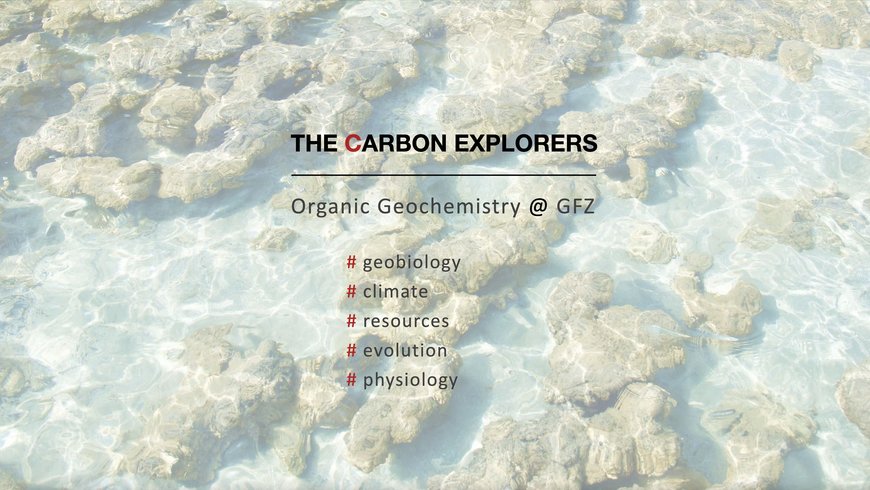
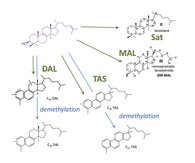
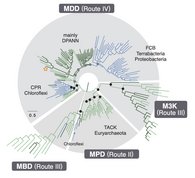
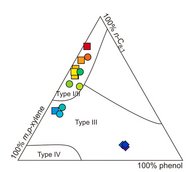
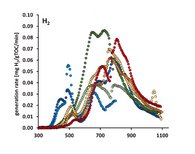
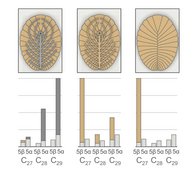
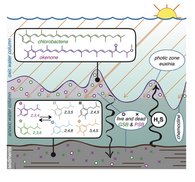
![[Translate to English:] [Translate to English:] -](/fileadmin/_processed_/4/2/csm_csm_20231026_PM_Genetik-Cyanobakterien_Pic0_Australian-Northern-Territorie_a06dd5f01a.webp)
![[Translate to English:] -](/fileadmin/_processed_/0/e/csm_IPP-Logo_aecc71139a.gif)
